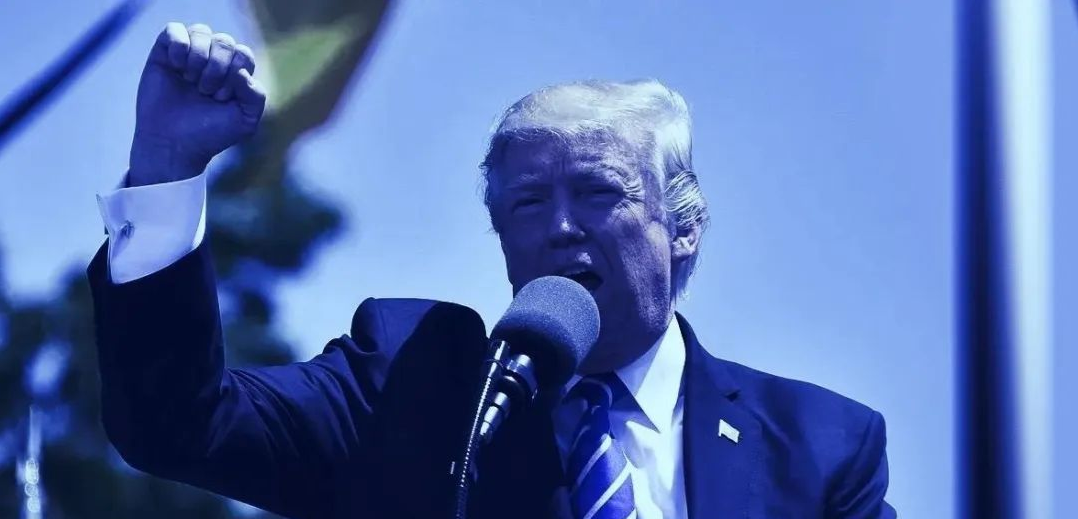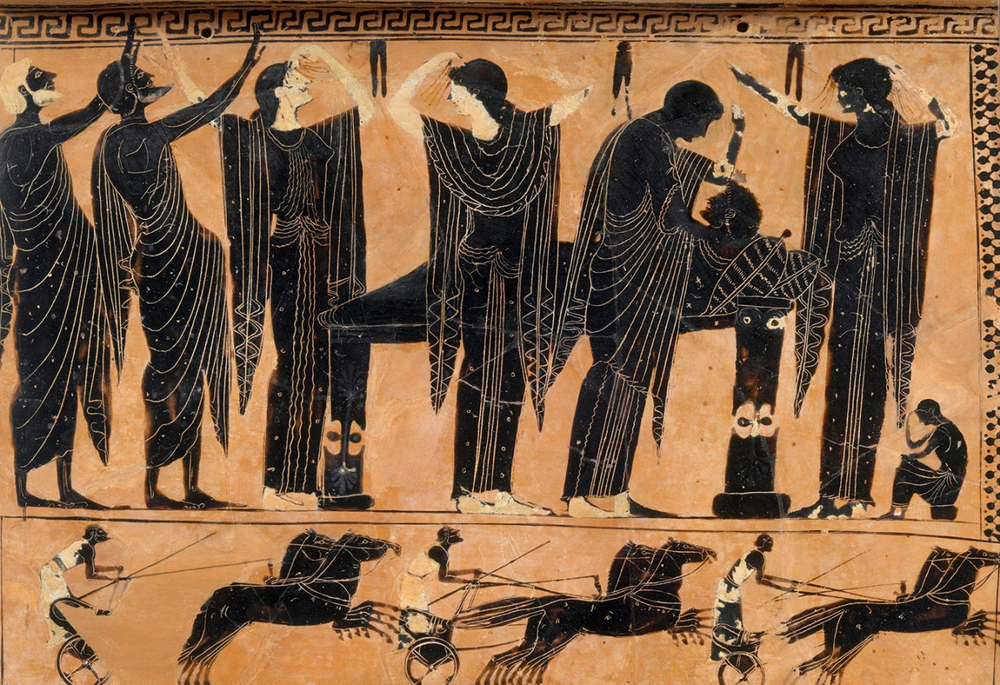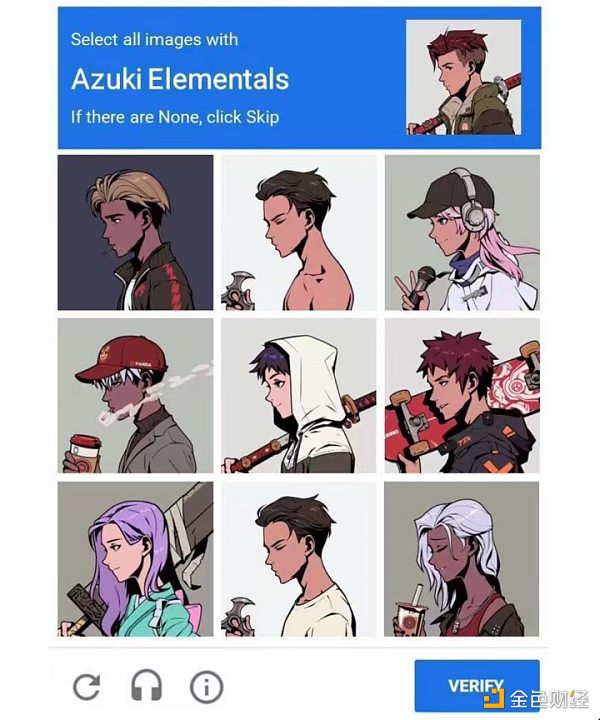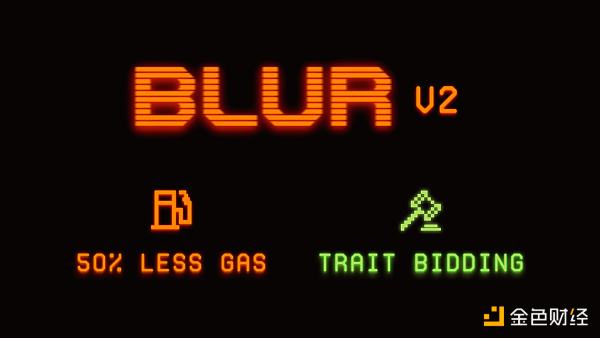Full text of Xiao Feng’s speech at the opening ceremony of the 2023 Global Blockchain Summit The next three years are a crucial moment for large-scale application.
Xiao Feng's speech at the opening ceremony of the 2023 Global Blockchain Summit emphasized the crucial three-year period for large-scale application.
Xiao Feng: Ladies and gentlemen, colleagues, friends, and friends watching the live stream before the video
Hello everyone, welcome to the 9th Global Blockchain Summit. We have been organizing this summit for nine years. During these nine years, we have received strong support from many colleagues and friends. Without your support, we would not have the determination to continue organizing the summit. President Ma has been participating in the summit for many years, and I would like to express my special thanks to you! Today, we also have many new friends, including Mr. Qiu Dagen and Mr. Ren Jingxin from the Legislative Council of Hong Kong. The participation of these new friends gives us confidence in the continued success of the summit, because we are constantly expanding the scope and content, and constantly bringing new value to the participants.
Brewing a classic takes time. For the summit, nine years is obviously not enough to make it a classic. We are willing to continue organizing and organizing well on this global blockchain summit under the efforts of everyone. The theme of this summit is “Next Stop Web3.0”, which covers almost all aspects of technology such as the Internet, blockchain, metaverse, AGI, etc. Web3.0 is a general term. Web3.0 not only covers technology, but also involves innovative business models, organizational forms, economic mechanisms, and financial models. We have invited experts, developers, and practitioners from all walks of life to share their insights and bring value to the participants.
- Google Cloud Executive Web3 is for solving business problems, not for speculating token prices.
- Community First Building Sustainable Power for Web3 Growth
- Popular Science What is the stateless that Vitalik has frequently mentioned in recent speeches? What does it mean for the decentralization of Ethereum?
Blockchain is moving from the infrastructure construction stage to a new stage of large-scale application. The next three years are a critical moment for the application of blockchain. Because in the next three years, the technical framework of blockchain will roughly mature, of course, there will be many details, performance, and other aspects that need to be optimized and polished. However, the performance improvement or detail polishing in the future requires specific application scenarios to bring about better changes. After the framework is set, the polishing of the product needs to be combined with the demand. Without specific demand, how can we optimize it? Which direction should we optimize it? There will be problems. So this is a complementary and mutually reinforcing process. After the framework is set, with the application, we will know how to optimize the overall architecture.
The next three years are a critical moment for blockchain to enter large-scale applications. Conversely, it is also a stage for blockchain to prove that it can truly support the real economy, technological innovation, and financial markets. In the past, it was a period of construction of blockchain infrastructure. We have seen many technologies that have nothing to do with the real economy and specific application scenarios developing during this period. In this stage, it is easy for people to think that these things are virtual and empty. Indeed, the infrastructure does not have a direct relationship with specific application scenarios and specific needs. But without the construction stage of infrastructure, it is impossible for us to carry large-scale applications on the framework of blockchain. Any large-scale application of blockchain ultimately cannot be separated from the core value of blockchain. What is the core value of blockchain? The core value of blockchain lies in its open and transparent public ledger, which is a huge difference between it and Web2.0 or other previous models. The most core difference is that it is a public ledger.
In such a transparent public ledger, strangers, even strangers from around the world, can collaborate without the need for various trusted intermediaries to endorse, and can efficiently cooperate on a large scale to accomplish any complex task with minimal friction. This is the core value of blockchain. One popular term recently is RWA (Tokenization of Real-World Assets). We have seen financial institutions, including those in Hong Kong, make attempts. Not long ago, a financial institution in Hong Kong tokenized $200 million worth of green bonds. The only regret is that it was registered and issued on a private ledger. Of course, this is already a great progress, but it is still registered on a private ledger. If these financial institutions can find more compliant ways to issue on a public ledger, the result would be that the assets issued on this public ledger become assets with global liquidity. Because assets issued on a public ledger can be seen by Chinese people, Brazilian people, Chinese investors can invest, and Brazilian investors can also conduct investment activities peer-to-peer on the public ledger. This is the future of RWA tokenization. We have seen regulatory authorities in various countries establishing new regulatory rules in this regard, and we have also seen regulatory authorities encouraging and supporting markets like RWA that tokenizes real-world assets. Through RWA, we see how blockchain technology supports the real economy and technological innovation. Like in Hong Kong, issuing green bonds on the blockchain is a very green practice. We have seen blockchain supporting financial innovation. Applications built on blockchain have helped us establish a global work network, a global market network, and a global financial network.
In recent months, we have seen thousands of Chinese engineers developing products and applications directly on the networks of ChatGPT or GPT4, some as individuals, some in teams of two or three. Thousands of developers are targeting the global market and utilizing the globalized system to launch their own products and services to global users. This has been very successful. I think this is the start of Globalization 2.0 in the digital age. Globalization is an unstoppable trend, although it is currently receding due to geopolitical factors. However, we should see that Globalization 2.0 has already quietly started as Globalization 1.0 recedes. A fundamental driving force behind the start of Globalization 2.0 is Web3.0. In a digital world, it is difficult to limit Chinese engineers or limit Web3.0 entrepreneurs with geographic boundaries. It is difficult to create physical and spatial barriers in a digital space. We are very much looking forward to the next stop, to the arrival of the Web3.0 era.
I believe that Chinese developers and entrepreneurs can achieve greater efficiency and win a more globalized market, a market that is even larger than the internet era.
I would like to thank once again all the guests, colleagues, and friends who attended the summit. I would also like to express my gratitude for your continued support and assistance to the blockchain summit. Thank you all!
We will continue to update Blocking; if you have any questions or suggestions, please contact us!
Was this article helpful?
93 out of 132 found this helpful
Related articles
- An Overview of Mainstream Cryptocurrency Exchange Account Password Leakage Data and Security Mechanism Analysis
- Blockchain Game of ERC-6551 Use Case
- Exclusive Interview with Web3Brand How do AI and Web3 achieve mutual development in the wave of technological advancement?
- a16z Zero-knowledge proofs are just a magic trick
- Stanford Blockchain Week Highlights MEV, L2, ZKP, On-chain Order Book…
- Visa Deep Dive into the High-Performance Blockchain Network Solana, Why is it the Choice for Visa Payments and Stablecoin Settlement?
- Principles, Current Applications, and Risk Mitigation of Intent






